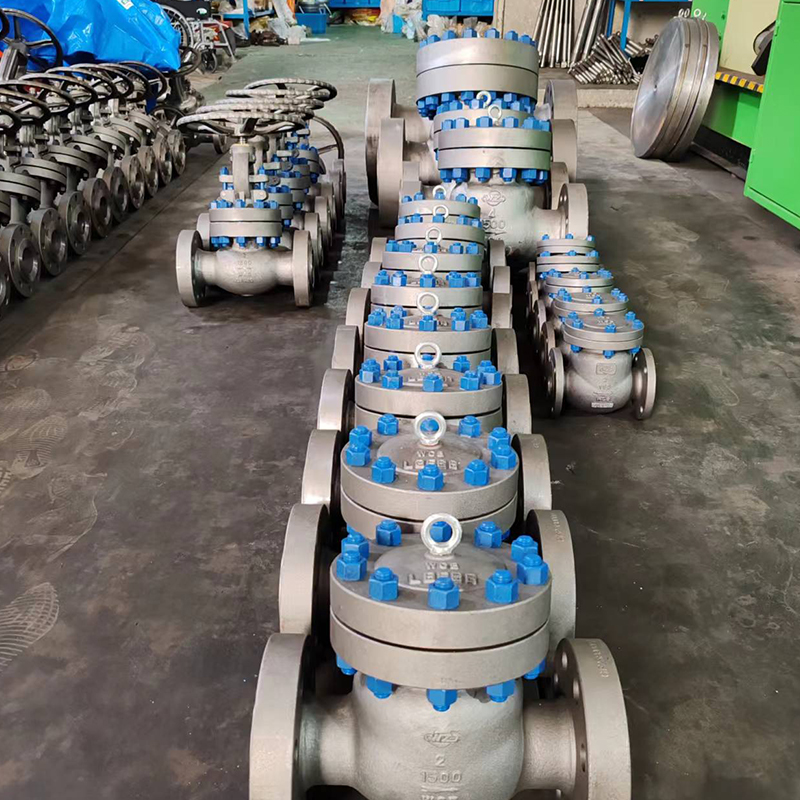
A compressor tank check valve plays a key role in air compressor systems. Its primary function is to prevent pressurized air stored in the tank from flowing back into the compressor head once the motor stops. Without this valve, air could leak backward through the system, causing compressor cycling problems and reducing efficiency.

Installed between the compressor pump and the air receiver tank, this check valve closes when the compressor shuts off, isolating the tank's pressure. This allows the unloader valve to release any trapped air from the compressor head, making the restart process easier and preventing strain on the motor.
Key benefits include:
Protecting the compressor motor from startup load caused by residual pressure
Preventing air leaks that can reduce overall system efficiency
Allowing safe pressure build-up without backflow interruption
Additionally, the compressor tank check valve contributes to longer equipment life and more stable operation. In multi-stage compressors, more than one check valve may be used to manage flow between stages. Routine inspection and cleaning are advised to prevent debris buildup, which can affect sealing performance. Overall, this valve is essential for maintaining pressure integrity in compressed air systems.
A high flow check valve is engineered to handle large volumes of fluid or gas with minimal restriction. It is widely used in industries such as chemical processing, water treatment, fuel systems, and HVAC where efficient, uninterrupted flow is necessary. These valves help optimize system performance by allowing flow while still preventing reverse movement.
The valve's internal design typically includes a streamlined path and a lightweight, responsive disc or poppet mechanism that opens fully under flow pressure and closes promptly when flow stops or reverses. Materials and designs are selected to reduce turbulence and pressure drop.
Why they matter:
Improved system efficiency: Lower resistance means pumps or compressors can work more effectively with less energy.
Reduced risk of pressure loss: In high-demand systems, maintaining flow rate is critical to operational stability.
Compatibility with a variety of fluids: High flow check valves are available in multiple materials to handle water, gas, steam, oil, or corrosive fluids.
These valves are essential in applications where any obstruction could affect productivity or safety. For example, in a cooling system, a high flow check valve ensures consistent coolant circulation, preventing overheating. In fluid delivery pipelines, they ensure continuous supply without pressure fluctuations. Choosing the right size and material for the application is key to achieving performance.
High pressure check valves are designed for use in systems where fluids or gases are transported under pressure—often exceeding several thousand psi. These valves must be constructed with materials and components that can withstand such conditions while maintaining reliable, leak-free operation.
However, high-pressure environments introduce challenges such as rapid wear, vibration, and seal failure. Common issues include:
Seat or disc erosion caused by high-velocity fluid streams
Seal deformation or leakage from temperature or pressure fluctuations
Delayed closing or chatter, inefficient sealing and component fatigue
To overcome these issues, high pressure check valves are made with robust designs using stainless steel, Inconel, or other pressure-resistant alloys. Precision machining ensures tight tolerances, while specialized seals (like metal-to-metal or elastomeric compounds) are selected based on fluid compatibility and temperature.
Key solutions and practices include:
Routine inspection to detect wear or leakage early
Proper installation to minimize vibration and alignment issues
Using dampening features like spring-loaded mechanisms to reduce water hammer and valve chatter
By selecting the right valve for pressure and medium type, and by performing periodic maintenance, users can extend the service life of high pressure check valves. These valves are critical for safe and stable operation in hydraulic power systems, petrochemical plants, and high-pressure testing equipment.

